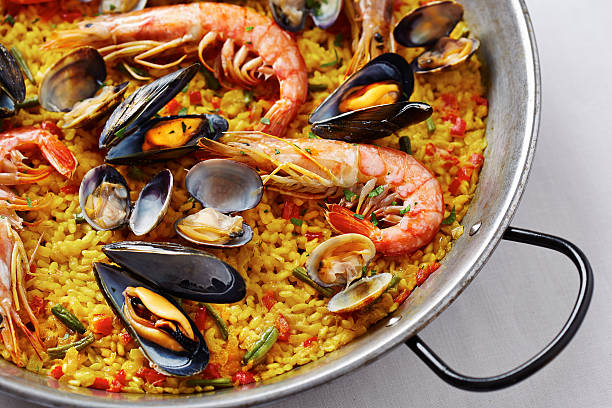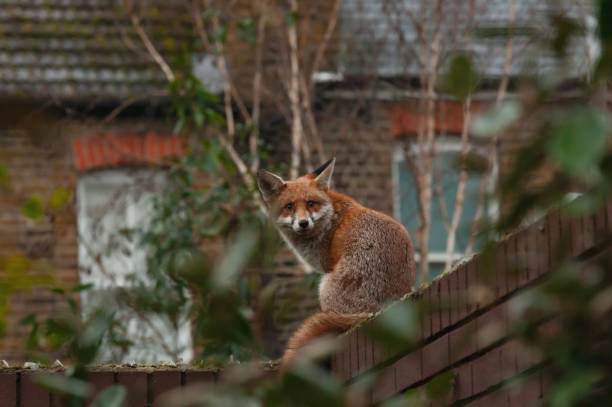Stirring Up the Pot: A Deeper Dive into Spanish Paella
A steaming pan of savory rice, fragranced with saffron, and adorned with a generous variety of shellfish and meats, paella is a feast for the senses. But there's more to this iconic dish than meets the eye. Let's explore the art of cooking paella, its regional variations, and the innovation that keeps this Spanish classic alive and exciting.

The Origins of Paella
Tracing its roots back to the mid-19th century, paella was initially a humble dish cooked by farmers. Utilizing readily available ingredients such as rabbit, chicken, and beans, they would prepare it over an open fire in a wide, shallow pan - the ‘paellera’. This dish, named after the pan it was cooked in, quickly gained popularity, evolving into the paella we recognize today.
The Three Pillars of Paella
Fundamental to paella are three ingredients: saffron, rice, and the paellera. Saffron, the world’s most expensive spice, imparts a unique aroma and a golden hue to the dish. The rice, specifically a short-grain variety from Valencia, absorbs the flavors of the broth it’s cooked in. The paellera, shallow and wide, ensures even heat distribution and the formation of ‘socarrat’, the crispy layer of rice at the bottom of the pan, which is considered a delicacy.
Regional Variations
While the Valencian paella is the most recognized, other regions in Spain have their unique spins. In Alicante, the ‘paella de marisco’ replaces meat with seafood, while in Catalonia, the ‘paella de montaña’ includes game meats and local mushrooms.
Innovation in Paella
Innovation is keeping this traditional dish exciting. Some chefs are experimenting with different grains like quinoa or introducing international ingredients like chorizo. Meanwhile, others are pushing boundaries with vegan paella, replacing animal proteins with an array of colorful vegetables.
A Little More on Paella
- In Valencia, snails are a traditional ingredient in paella.
- The ‘World Paella Day’ is celebrated every September 20th.
- It is customary to eat paella straight from the pan, starting from the perimeter and working your way to the center.
In conclusion, paella is more than a simple rice dish. It’s a testament to the rich culinary history of Spain, a symbol of regional pride, and a canvas for culinary creativity. It embodies the spirit of sharing and celebration, making every day feel like a feast. So, the next time you sit down to a pan of paella, remember, you’re not just eating a meal - you’re partaking in a longstanding culinary tradition.




